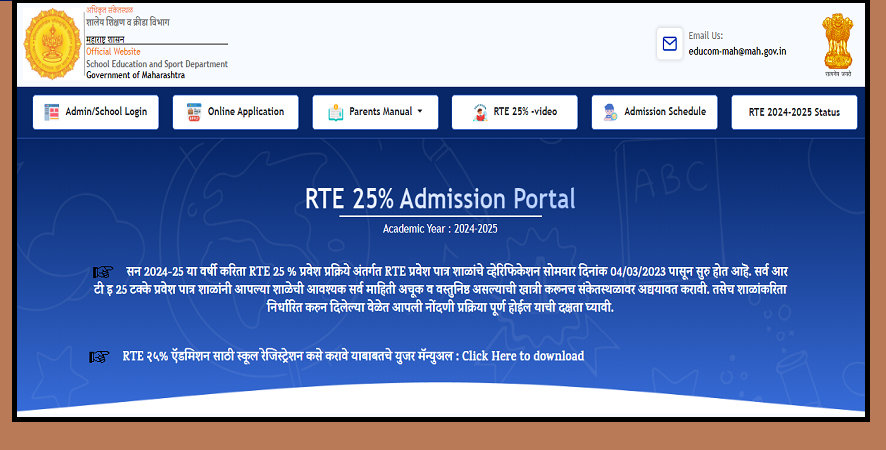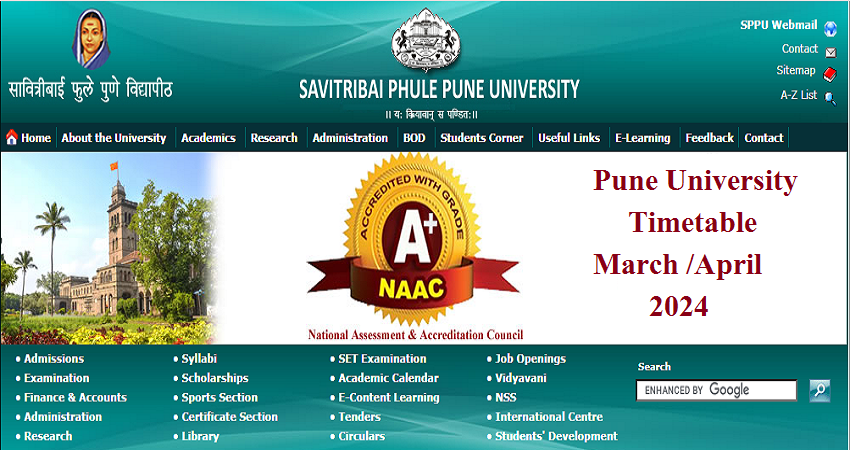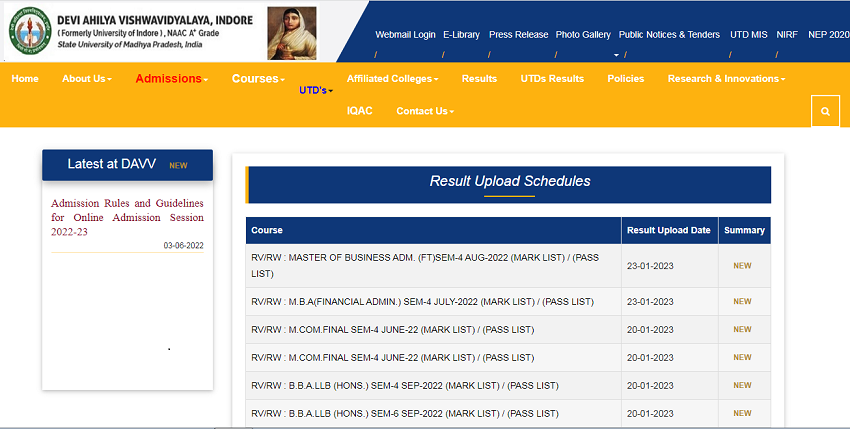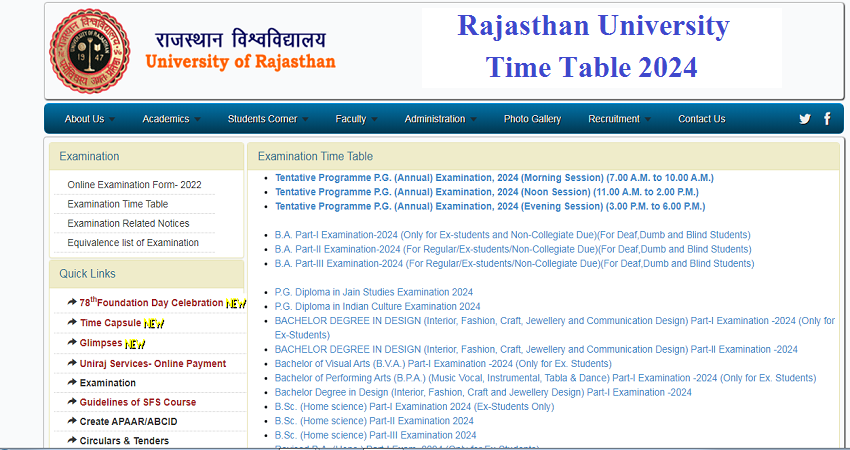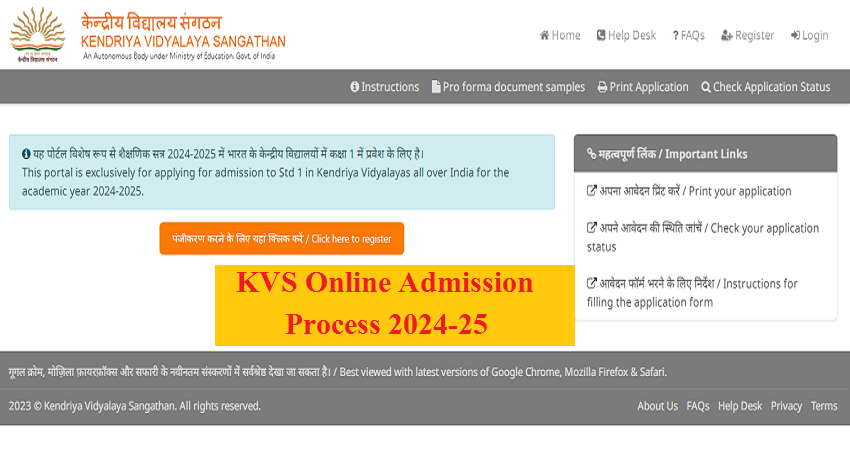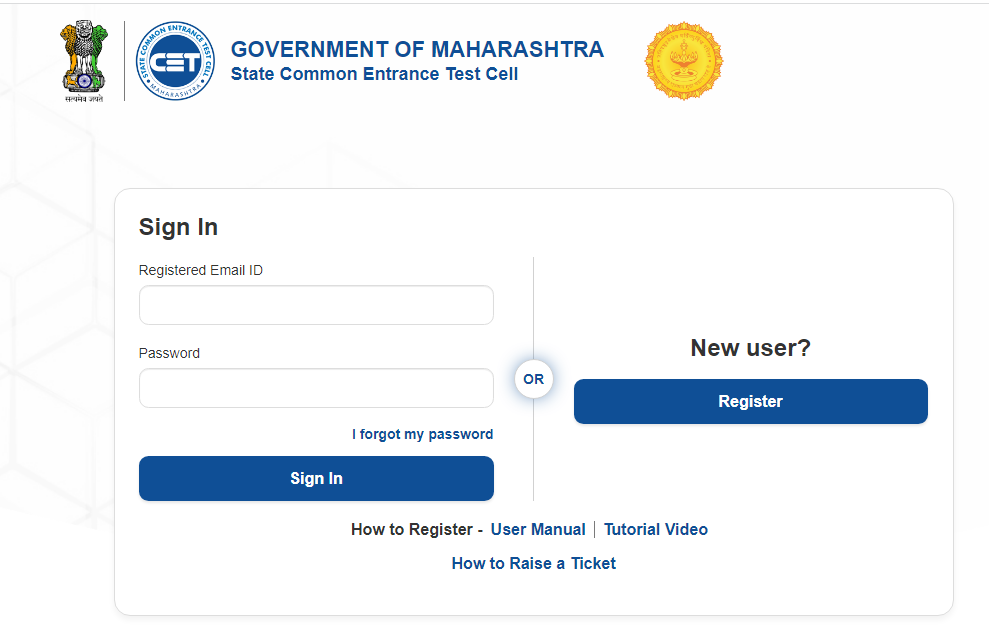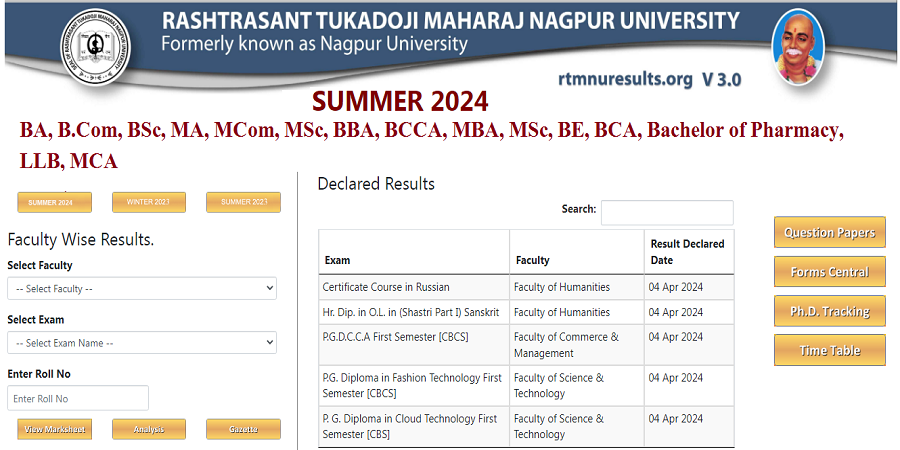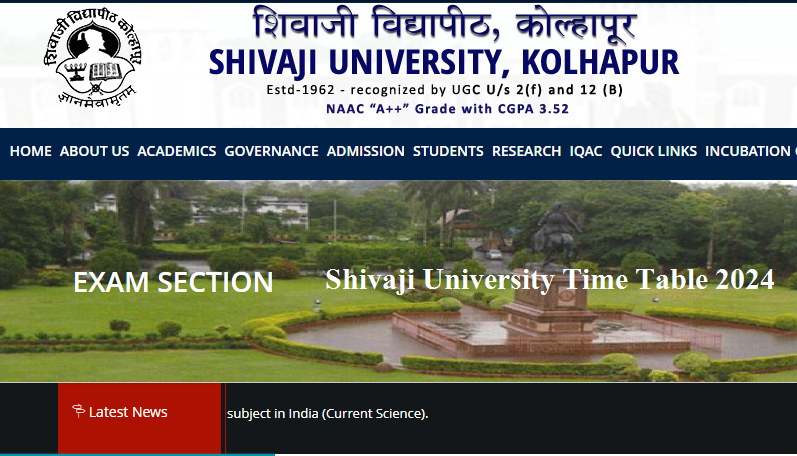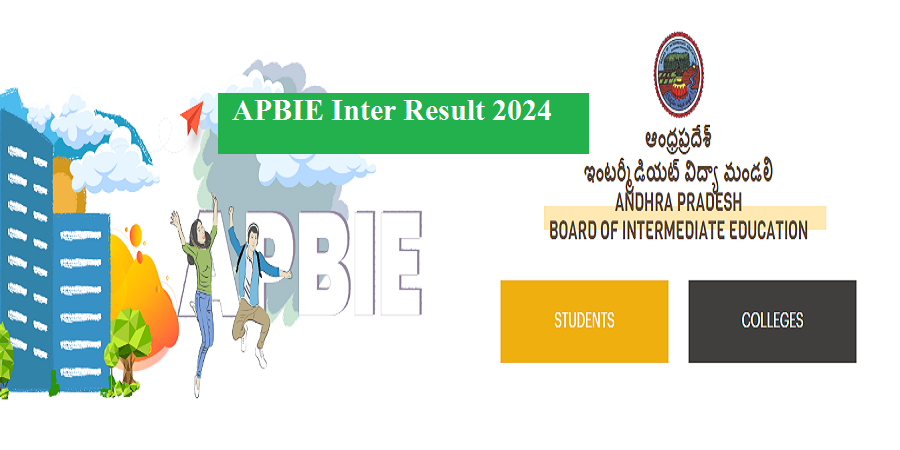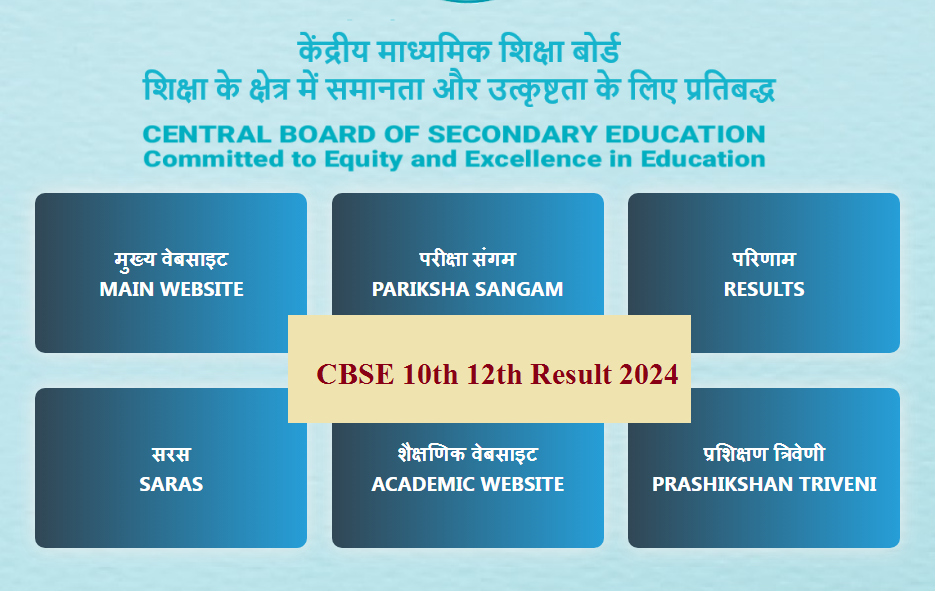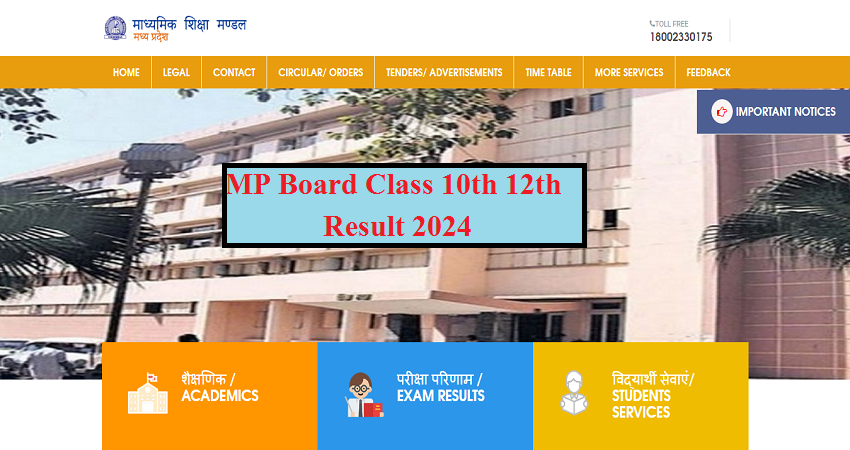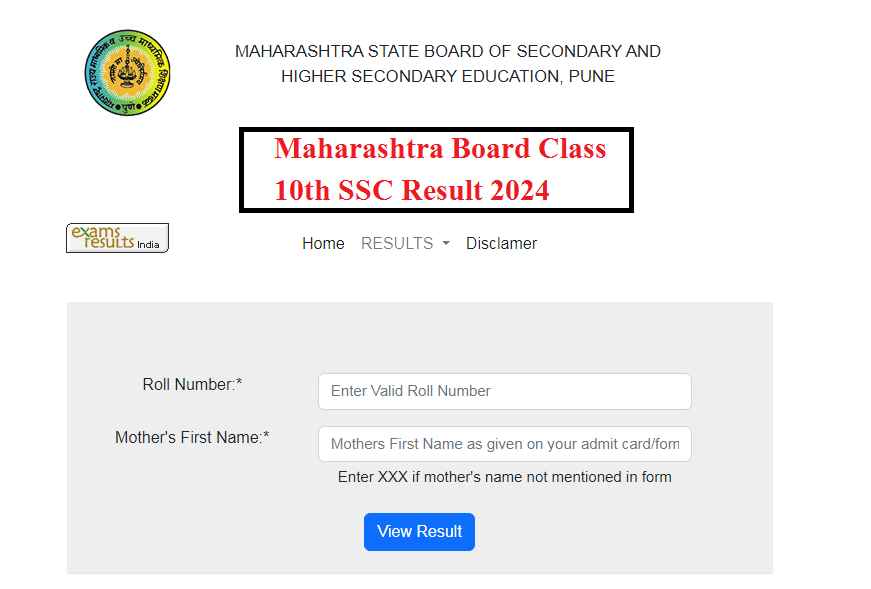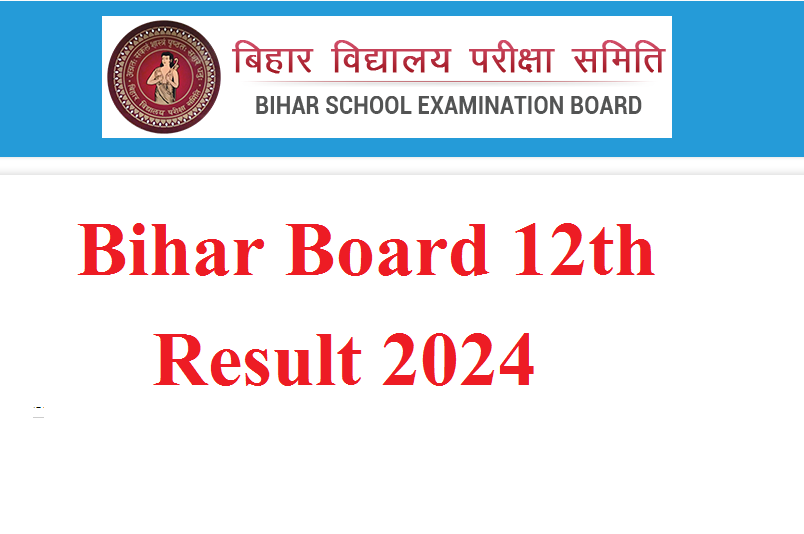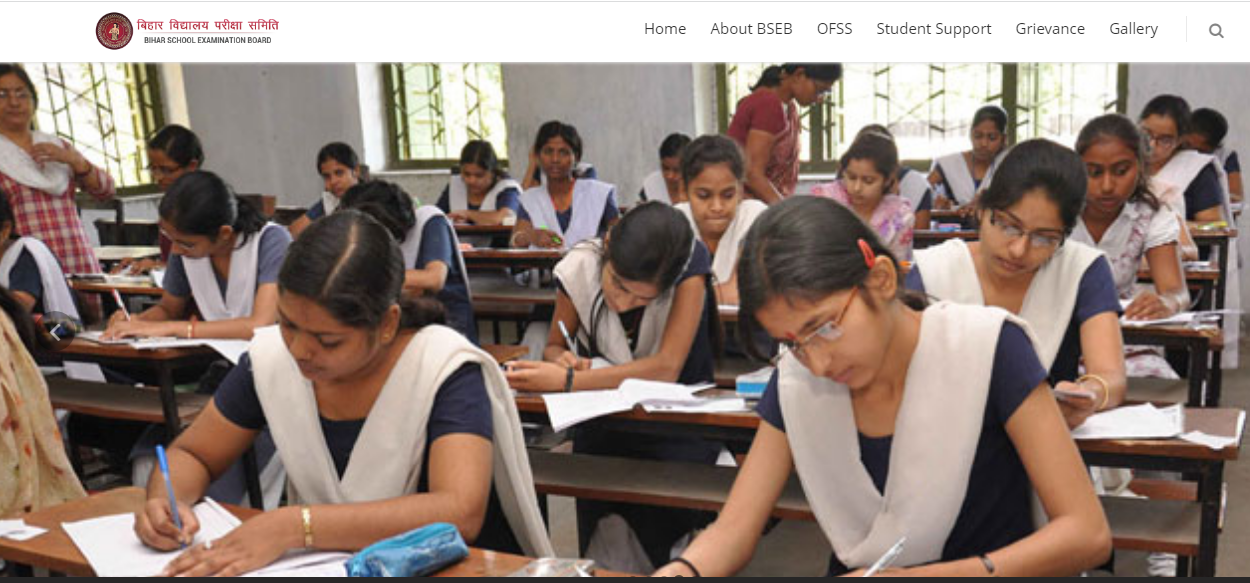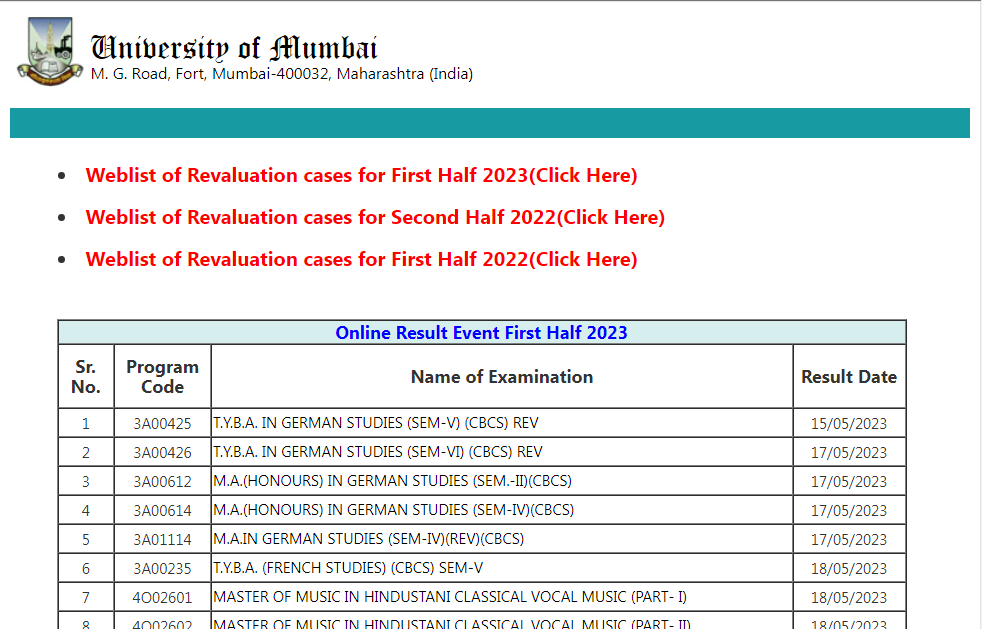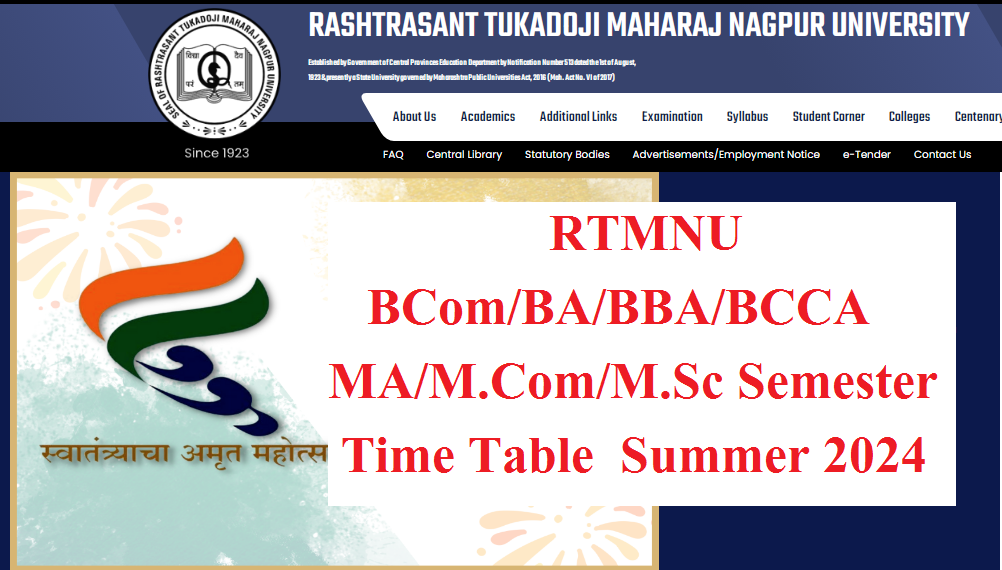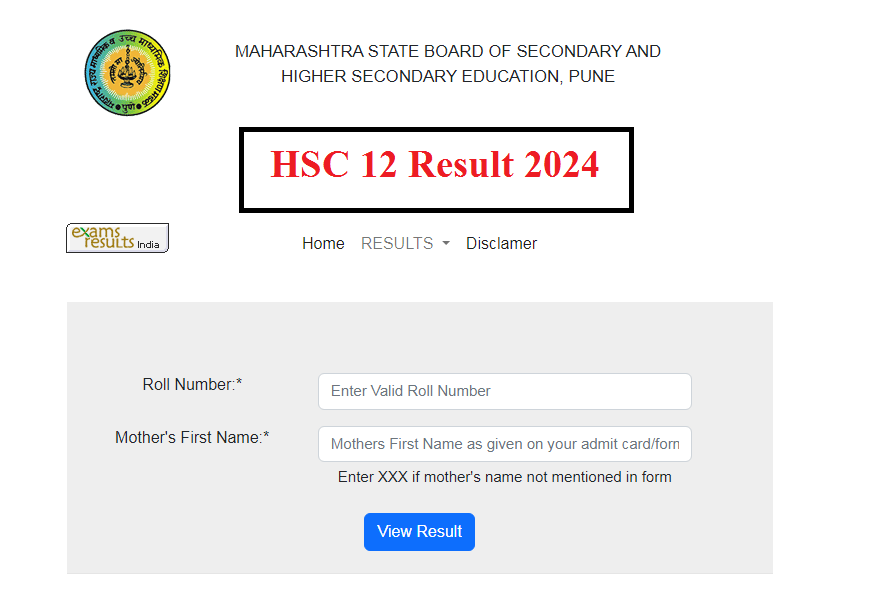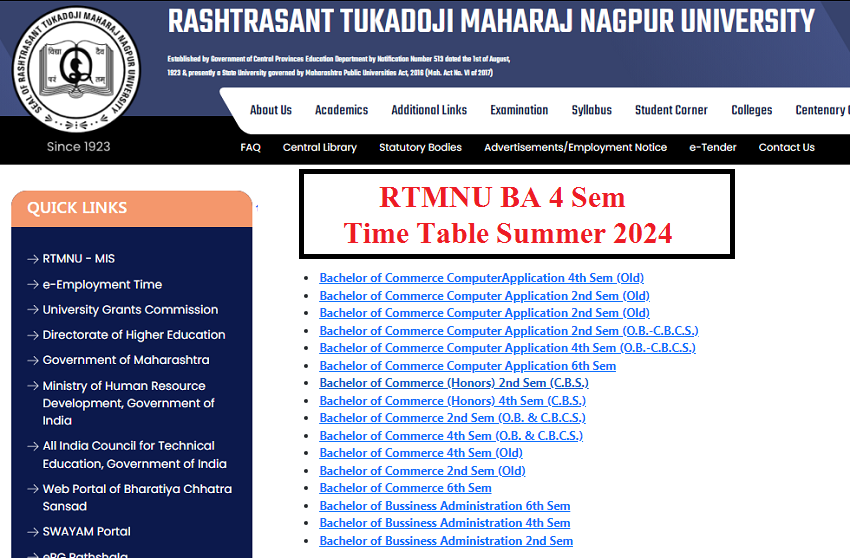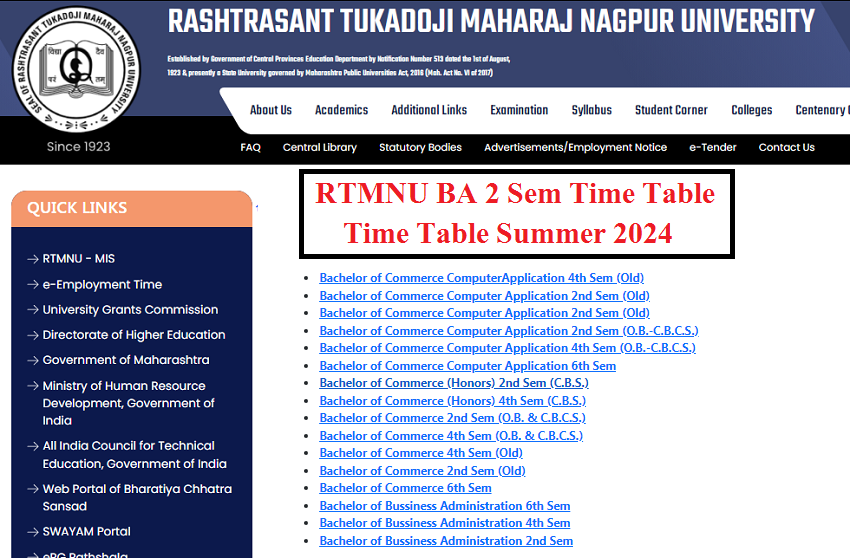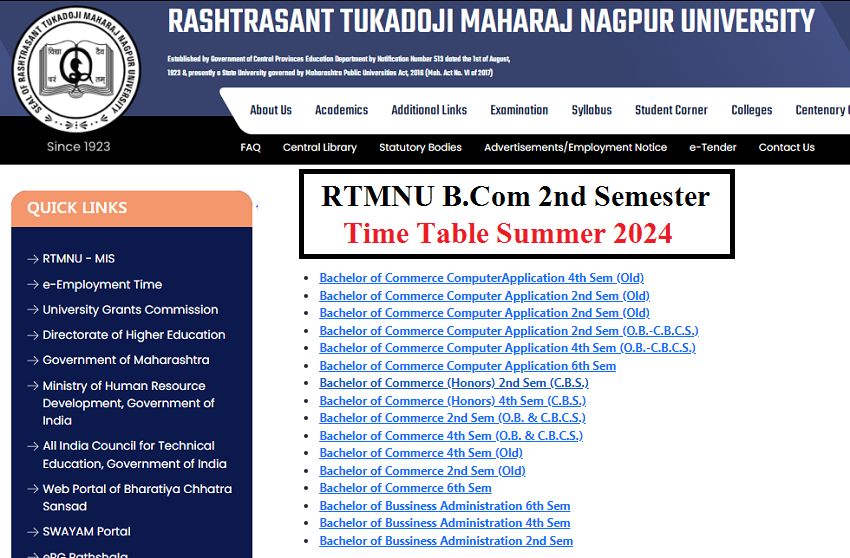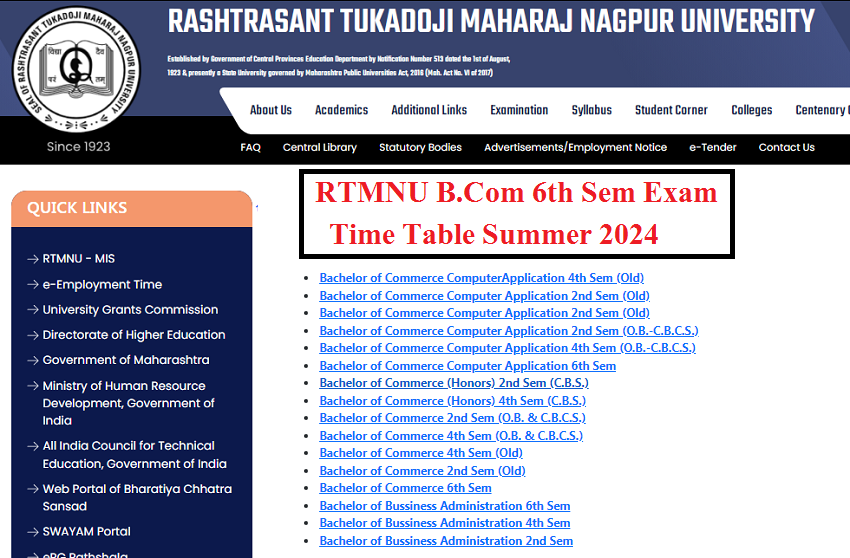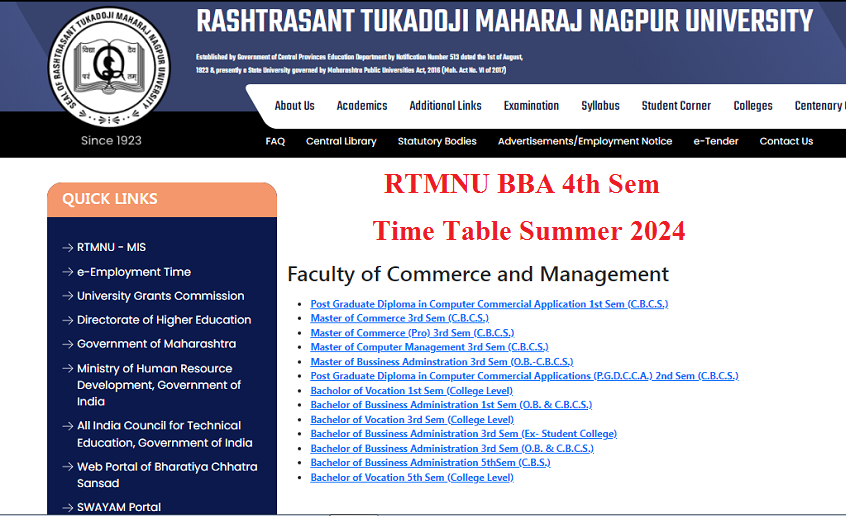RTMNU B.Com 6th Sem Revised Syllabus 2021
RTMNU B.Com 6th Sem Revised Syllabus 2021

RTMNU B.Com 6th Sem Revised Syllabus 2021 | Nagpur University B.Com Syllabus Part 3 | RTMNU Third Year B.Com Syllabus | B.Com Syllabus| Nagpur University Syllabus | University Syllabus B.Com RTM Nagpur University B.Com Six Semester New Revised Syllabus is given below for Downloading. The students can Download the respective Syllabus from following given details. Just go through the given links & read the given syllabus carefully. Nagpur University Second Year New Semester Online Detail syllabus given below.
Read More : RTMNU Result -2021 BE Result Download
Read More : RTMNU- Summer 2021 Time Table (Released) Download PDF
Read More : RTMNU Result -2021 Check here to Download UG and PG Results
Read More : RTMNU -Online Exam link 2021 Released
Read More : RTMNU Time Table 2021
Read More :RTMNU -Online Exam link 2021
Read More : RTMNU Revised Syllabus 2021
RTMNU B.Com 6th Sem Revised Syllabus 2021
B.Com. Semester VI
B.Com. Third Year
Semester-VI
6T1-Financial Accounting- V
Unit-I- Accounts of Holding Company Introduction, Meaning of Wholly-owned subsidiary, partly-owned subsidiary, preparation of Consolidated Balance Sheet and Profit and Loss Account,simple problem on involving two companies only.
Unit-II- Insurance Claims Introduction, oss of stock Average clause practical problem on loss of stock.
Unit-III- Investment Accounts Meaning , Need,Utility and objectives, Sales and Purchase of different types of Securities, Simple problem on Investment and Securities.
Unit-IV- Profit prior to incorporation Meaning Methods of ascertain the pre incorporation profit, Issue and Redemption of preference shares Redemption out of new issue of shares Redemption at premium out of new issue of shares, Redemption out of profit.
Semester-VI
6T2-Management Accounting
Unit-I
Management Accounting :- Meaning, Scope, Importance, and Limitations of Management Accounting. Difference between Cost Accounting and Management Accounting, Role of Management Accounting. Break -Even Point Analysis (Theory & Numericals)
Unit – II
Business Budget & Budgetory Control: Meaning,Characteristics, Objectives ,Advantages, Limitations. Classification &Types of Budgets. Problems on Cash Budget and Flexible Budget Only (Theory & Numericals)
Unit – III
Ratio Analysis: Meaning, Importance and Limitations of Ratio Analysis, Classification of Ratio, Computation of Profitability Ratio, Financial Ratio with special reference to Current Ratio, Acid Test/ Liquid Ratio, Inventory Turnover Ratio Debtors and Creditors Turnover Ratio, Fixed Assets Turnover Ratio, Debt-Equity Ratio, Working Capital Ratio, , Earnings per Share Ratio. (Theory & Numericals)
Unit – IV
Fund Flow Analysis: Meaning, Sources of fund, Uses of fund, Distinguish between fund flow statement and Balance Sheet. Preparation of Statement showing Changes in Working Capital, Profit from operation, Fund flow Statement (Theory & Numericals)
Third Year Semester-VI
6T3-Advanced Statistics
Unit I
Correlation- Types of correlation, Karl Pearson‟s coefficient of correlation in Bivariate frequency table, probable error, interpretation of „r‟, Rank Correlation Method.
Unit II
Regression Analysis- Lines of Regression/Regressions Equation, Coefficient of regression for a Bivariate frequency table.
Unit III
Index Number- Uses of Index Number & its, Types and Important. Unweighted Index Number (Simple Aggregative, Simple Average of Price Relative) Weighted Index Number (Weighted Aggregative I. N, Laspeyre‟s, Paasche, Dorbish & Bowley‟s, Fisher‟s Ideal, and Marshall & Edgeworth Method.) Weighted Average of Price relatives Test on consistency of Index No.- Time Reversal Test, Factor Reversal Test, Cost of living Index No.
Unit IV
Time series Analysis-Introduction components of a Time seriesa) Trend b) Short Term Variation c) Irregular variation d) Measurement of Trend- (Simple Problems) Graphic Methods ,Methods of Seminar, Methods of Curve by the square Methods of Moving Average
Books Recommended:
1. Ajay Goel, Alka Goal: Mathematics & Statistics (Taxmann)
2. Elhance D.N : Fundamentals of Statistics
3. Asthana B.N. Applied Statistics in India
4. Gupta S.P: Statistical Method
5. Gupta S.G. & Kapoor V.K.: Fundamentals of Applied Statistics
6. Dr. P. Fating, Dr. V. Bagde, M. Gulhane: “Advanced Statistics” – Sir Sahitya Kendra.
B.COM. PART-III – INDIAN ECONOMY–II (SEMESTER VI)
Unit I – Indian Agriculture:
Role of Agriculture in Indian Economy. Cooperative Farming and Marketing. Green Revolution, Impact and constraints. Causes and Remedies to Low Agricultural Productivity. Agriculture Marketing – Problems and Remedies. Sources of Agriculture Finance. NABARD(National Bank for Agriculture and Rural Development). Problems and Remedies to Vidarbha’s Agricultural Distress..
Unit II: Indian Industry:
MSME (Micro Small & Medium Enterprise),- Role, Performance, Problems and Remedies. Role of Public Sector Industries. Privatization of Public Sector Industries: Meaning, Methods of Privatization Policy in India. Arguments in favor and against privatization. Industrial Sickness in India-Definition, Causes, Effects and Remedial measures. Problems and Remedies to Vidarbha’s Industrialization.
Unit III: Indian Service Sector and International Trade:
Growth & Importance of Service Sector in India. Major Government’s reforms in Service sector. Challenges and Opportunity in India’s Service Sector, Composition and Direction of India’s Exports and Imports, India’s Balance of Payment position.
Unit IV Contribution of Indian Economic Thinkers:
1) Mahatma Gandhi: Basic principles of Gandhian Economic Thoughts on -Labour Capital
Theory of Trusteeship, Swadeshi model of Economic Development and Its relevance in the present Economic scenario.
2) Pandit Dindayal Upadhyaya: Concept of integral Humanism, meaning, Objectives, Benefits. Contribution in Integral Humanism and Indian Economic Policy.(एकात्म मानववाद आधाररत भारतीय अर्थनीती).
3) Dr. B. R. Ambedkar- Land Reforms, Indian Currency Problems, Nationalization
of Industries, Economic upliftment of Indian Women, Creation of Institutional mechanism for Economic Development in India..
4) Dr. Ram Manohar Lohiya- Individual Freedom, Planning, Gender Difference, Solution to Food Scarcity, Decentralization for Economic Development of India..
Books recommended:
1) Indian Economy, Datta & Sundharam, S Chand.
2) Indian Economy : Problems of Development and Planning, A.N.Agrawal, New Age
International.
3) Indian Economy, Misra & Puri, Himalaya Publishing House Pvt. Ltd.
4) Government of India- Five Year Plans.
5) Government of India- Economy Survey (Latest Edition)
6) Reserve Bank of India- Annual Reports on Currency and Finance.
7) GATT to WTO: Gandhian Alternative to NIEO, Publication-Sandip Chouhan , Deep and Deep Publication Pvt Ltd, New Delhi.
8) Gandhian Economics: A Human Approach, Author- Sharma R. , Deep and Deep Publications, Delhi.
9) Gandhian Thoughts, J.R. Kokamdakar, Publication- Central Techno Publications, Ramdaspeth Nagpur.
10) एकात्म मानव दर्थन – वव.वा. नेने, एकात्म अर्थनीती र्रद अ. कुऱकर्णी, सुरुची प्रकार्न के र्व
कुंुज, झुंडेवाऱा नवी ददल्ऱी.
11) Economic Ideas of Pandit Dindlayal Upadhyaya, Surendra Prasad Gain, Deep and Deep Publication, New Delhi.
12) कारुण्य ऋषी ऩुंडडत दीनदयाऱ उऩाध्याय, डॉ कुमार र्ास्त्री, ववव.स्त््वान प्रकार्न महाऱ, नागऩूर.
13) डॉ. आुंबेडकराुंचेआर्र्थक ववचार, डॉ. जाधव नरेंद्र, सुगावा प्रकार्न, ऩुर्णे.
14) Dr. Ambedkar Economic Thought and Philosophy, K.N. Jadhav, Popular Prakashan, Mumbai.
15) Economic Ideas of Dr. R.M.. Lohiya Anilkumar Thakur Shriniwas Pande, Deep and Deep Publication Pvt Ltd.
16) राम मनोहर ऱोदहया के ववचारो कक प्रासुंर्गकता, ऱेखक कुमार कौशर्क, प्रकार्न-EDU Creation Delhi.
Elective Group- II
6T5.1- Human Resource Management
UNIT-I
Introduction Human Resource Management, Definition, Objectives, Functions, Scope,
Importance. Quality of a ideal Human Resource Managers
UNIT-II
Recruitment selection and training
Recruitment: – meaning, source; selection process and importance, placement and induction, career planning v/s manpower planning Training: – meaning, method, training and development,
UNIT-V
Labour welfare and Collective bargaining
Labour welfare: – Safety and Health Measures Workers Participation in Management
– Objectives for Wage Incentive – Fringe Benefits Collective Bargaining – Features – Pre-requisite of Collective Bargaining – Agreement at different levels, Successful Participation of workers in Management.
UNIT-IV
Human resource planning and accounting
Human Resource Planning – Human Capital Investment – Expenditure vs. Productivity
Meaning and Definition of Human Resource Accounting, Importance; Human Resource Accounting – Measurement of Human Value addition into Money Value
Suggested Books:
1. Human Resource Management – Dr. C.B. Gupta – Sultan and Sons.
2. Personnel & Human Resource Management – P. Subba Rao – Himalaya Publishing House.
3. Human Resource and Personnel Management – K. Aswathappa – Tata Mc Graw Hill
Publishing Co. Ltd. Human Resource Management, Dr. Arvind shende, Dr. Dilip Vairagade, Dr. Devendra. Mohture, Anuradha Prakashan, Nagpur.
4. Personnel Management & Human Resources – C.S. Venkata Rathnam & B.K. Srivastava. TMPL.
Foundation Group II
6T6.1- Business Finance – II
Unit – I
Financial Market in India : significance of Financial Markets, Objectives and functions of the financial System, Types of Financial Markets, Money Market- Meaning , features, functions, Composition Capital Market- Meaning ,Composition & Structure of Capital Market Market segment. Products and Participant’s in Primary market. Regulatory authorities governing financial and capital market. SEBI – ( Security Exchange Board of India)Organisational structure of SEBI, RolE and Functions of Stock Exchange and SEBI, Regulation issued by SEBI, Achievements of SEBI.(Theory)
Unit – II Primary Market: Meaning, Functions, Scope & Significance of Primary Market, Developments in the Primary Market, Primary Market Intermediaries. Secondary Market: Meaning , Difference between Primary Market & Secondary Market, Products dealt in the Secondary Market, Stock Exchange, Secondary Market Intermediaries.
Listing Procedure. NSE and BSE. (Theory ) Capital Budgeting – Meaning, Nature and Importance of Capital Budgeting, Investment Appraisal Techniques, Pay Back Period Method, Rate of return method, Net Present Value Method, Discounted Cash Flow Method, (Theory & Numericals)
Unit – III NBFC’s- Meaning, Formation of NBFC’s , Types and Regulation of NBFC’s,
Credit Rating: Meaning /Concept, Scope & Significance of credit rating, Benifits to Investors. Credit Rating Agency in India CRISIL, ICRA, CARE. (Theory) Dividend Policies- Essentials of Sound Dividend Policy, Determination of Dividend Policy and its types ,Surplus and Reserve Policy, (Theory & Numericals)
Unit -IV – Cash Flow for Investment Analysis- Meaning, Benefits and Uses of Cash Flow
Statement. Significance ,Limitations of Cash Flow Statement. Format of Cash Flow Statement as per AS-3. (Theory & Numericals)
Books Recommended:
Financial Management Problems &Solutions :- Kishore Ravi M (Taxman Allied Service (p) Ltd.)
Fundamentals of Financial Management :- Chandra Prasanna (Tata McGraw Hill Publishing Co. Ltd.)
Management Accounting & Financial Management :-Arora M N (Himalaya Publishing House Pvt. Ltd.)
Business Finance : Dr.Jain V. K. ,And Sharma D.G. (Shethe publishers PVT. LTD.
Vocational Course : Semester VI
6T7- Entrepreneurial Development-I
Full Marks: 80
Internal Assessment: 20
Time: 3 Hours
Unit-I
Government policy and schemes for setting up agricultural & rural industries, financing schemes for khadi and village industries, small scale industries. WTO and small & village industries.
Unit-II
Incentives and Subsidies – Meaning of Incentives and Subsidies, Need and problems of Incentives and Subsidies, Incentives for development of backward areas.
Unit-III
Entrepreneurial systems – Search for a business ideas, sources of ideas, idea processing and selection, role of industrial fairs.
Unit-IV
Concept of cyber space and internet – importance of cyber marketing, internet usage applications, Technology as driver for entrepreneurship.
Books Recommended:
Dynamics of entrepreneurial development and management, Vasant Desai
Entrepreneurial development, Vasant Desai.
Entrepreneurial Development, S. S. Khanka, S. Chand Publishers.
M.V. Deshpande : Entrepreneurship of small scale industries.
Entrepreneurship Development and Business Communication, Vasant Desai and Urmila Rai, Himalaya Publishing House.
Entrepreneurship Development in India, Dr. C. B. Gupta and Dr. N.P. Srinivasan, Sultan Chand & Sons.
Entrepreneurial Development, Vasant Desai, Appannaiah, Reddy and Gopal Krishna,
Himalaya Publishing House.
Advertising, Sales Promotion and Sales Management – III
SEM-VI
Unit-I – Sales Territories – Concept of Sales territory – Procedures for setting up Sales territories – Deciding assignment of sales personnel to territories.
Unit-II Sales Budget and Sales Quota – Sales budget – Purpose, form and content of sales budgets, Sales Quota – Concept, Types of quota, Quota setting procedures, Administering the quota system.
Unit-III – Consumer Promotions and Trade Promotions – Their purpose and types How to plan and evaluate a successful promotion, The relationship between advertising and promotions. Introduction to Global Marketing, Advertising and sales promotion.
Unit-IV Laws for protection against Malpractices: Introduction, civil and penal codes Applicable to Advertising; laws relating to Intellectual Property Rights. Consume Protection Act 1986. Monopolies and restrictive trade practices Act 1969. Regulation Governing Broadcast Media Advertising


